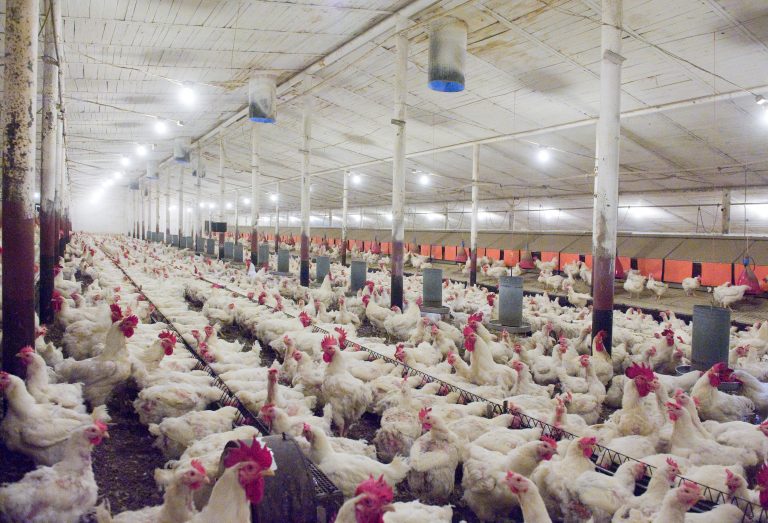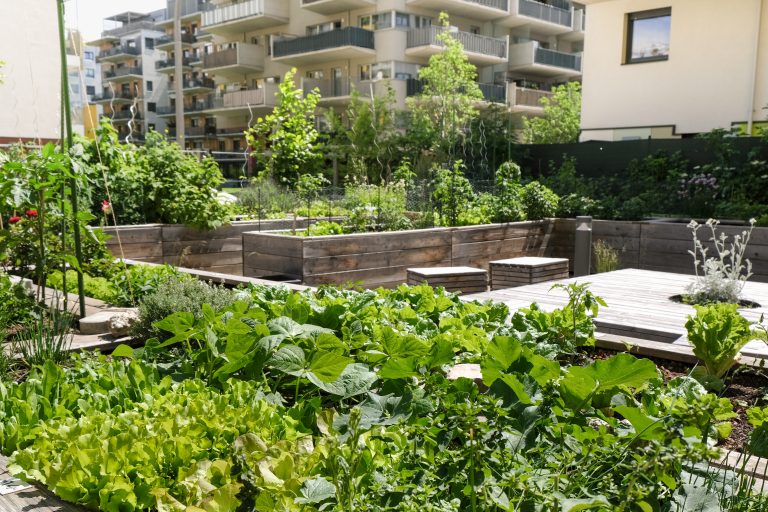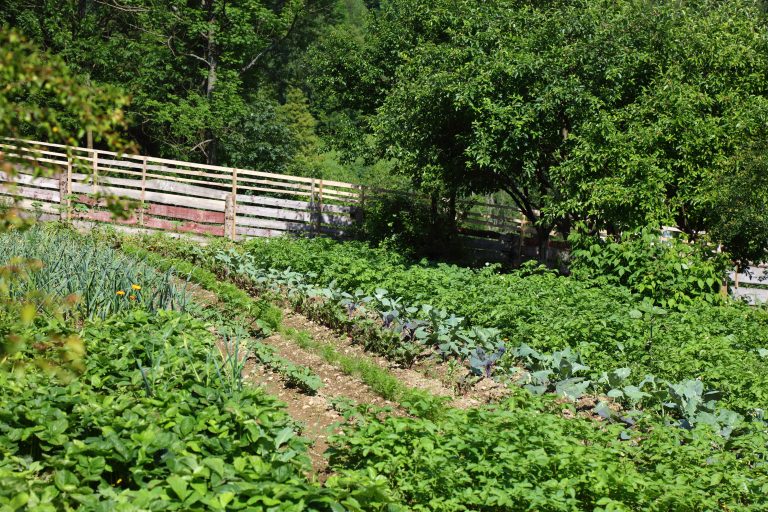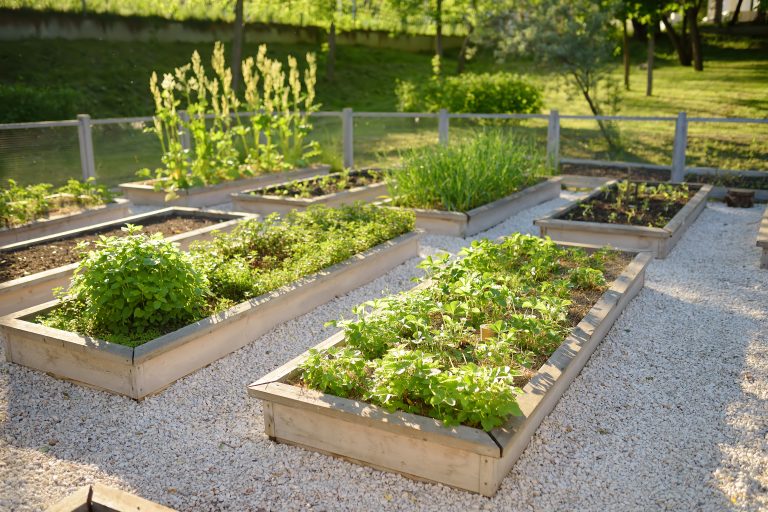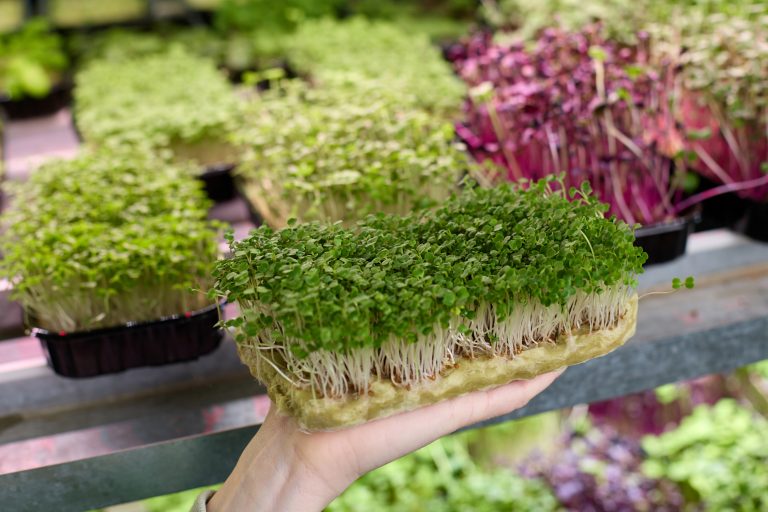5 Essential Hydroponics Maintenance Tips Unveiled
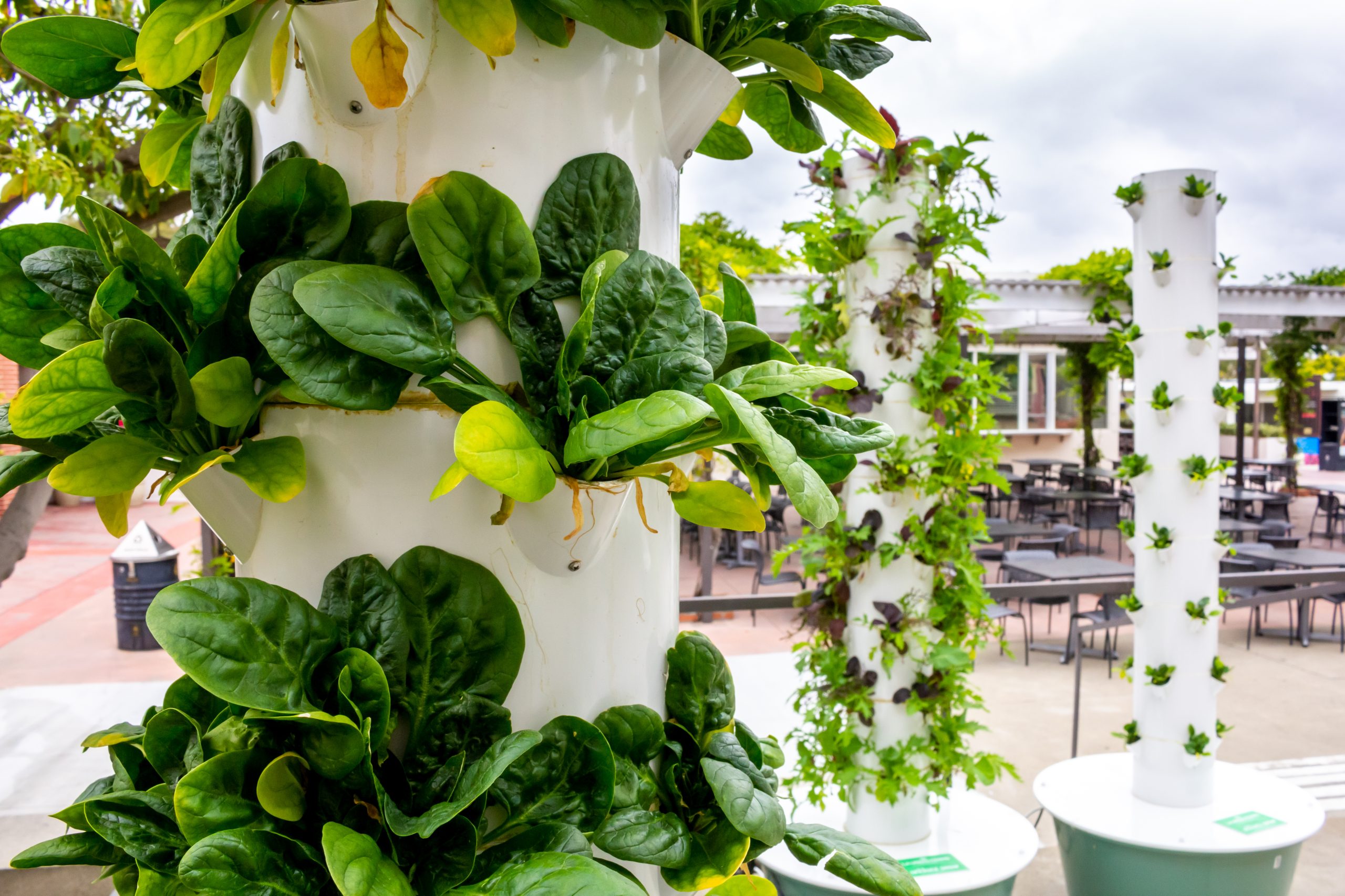
Welcome to the green-thumbed world of hydroponics, where soil takes a backseat and water reigns supreme! In this article, we’ll dive into essential tips to keep your hydroponic garden flourishing.
Hydroponics, a soil-free plant growth method using nutrient solutions, is favored by urban gardeners for its space efficiency and higher yield potential. Picture your plants enjoying a custom nutrient cocktail, providing precise nourishment without soil unpredictability. In hydroponic systems, plants are supported in inert mediums like clay pellets or rock wool, allowing roots to access nutrients directly.
Mastering hydroponics may seem daunting initially, but it’s like riding a bike – a smooth journey once you get the hang of it. Whether you’re a pro or newbie, understanding hydroponic maintenance basics is crucial for your green companions’ thriving urban jungle.
1. Monitor Nutrient Solutions
The nutrient solution is the lifeblood of your hydroponic garden. Regular monitoring ensures your plants receive the right balance of nutrients. It’s like being a bartender for your plants—mix it wrong, and they’ll let you know they’re not happy.
Hey hey! Don’t forget to subscribe to get our best content 🙂
Keep an eye on the concentration of the solution. Too weak, and your plants will be malnourished; too strong, and you risk nutrient burn. I once had a tomato plant that looked more like it went through a tanning bed than a garden because I got a little overzealous with the nutrients.
Changing the solution every two weeks is a good rule of thumb. This prevents the buildup of salts that can harm your plants. Also, keep the solution topped up—evaporation and plant uptake can lower levels faster than you’d think.
2. Ensure Proper Lighting
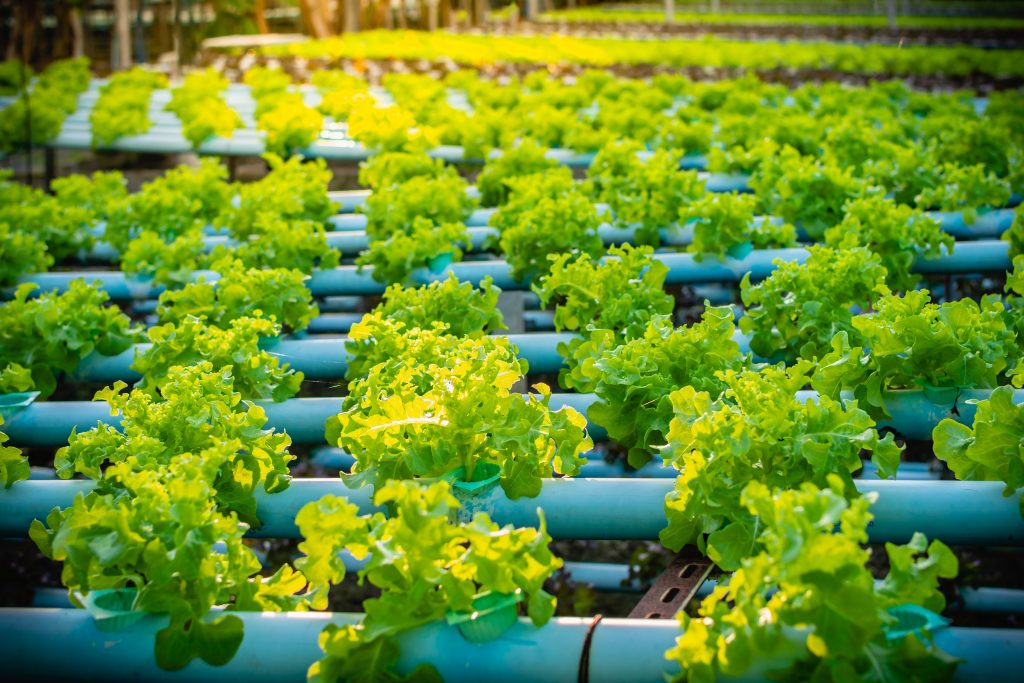
Lighting is the powerhouse for your hydroponic system. It’s the sun substitute that drives photosynthesis, turning your setup into a plant paradise. But not all light is created equal. You want to mimic the spectrum of the sun, which means choosing the right bulbs.
LEDs are the go-to for many indoor gardeners due to their efficiency and longevity. Remember, your plants need a proper day/night cycle, so keep the lights on for about 14-16 hours a day. Too little light and your plants could get leggy; too much, and you might stress them out.
Adjust the height of your lights as your plants grow. Too close, and you risk scorching your plants; too far, and they’ll stretch to reach the light. It’s a delicate dance, but with a little observation, you’ll find the sweet spot.
3. Maintain System Cleanliness
Cleanliness is next to godliness, especially in hydroponics. A clean system keeps pests and diseases at bay and ensures your plants are living in a healthy environment. It’s like keeping your kitchen spotless—you wouldn’t cook in a mess, so why let your plants grow in one?
Regularly wipe down surfaces and remove any plant debris. Dead leaves can be a breeding ground for mold and pests. And trust me, an infestation can spread faster than gossip in a small town.
Every few weeks, give your system a thorough cleaning. This includes flushing the pipes, cleaning the pumps, and replacing any filters. Think of it as a spa day for your garden, leaving it refreshed and rejuvenated.
In the video, Hoocho explains –
Hoocho
- Purpose of Clean-Out: The video focuses on cleaning out an NFT hydroponic system, taking advantage of the opportunity when most of the tomatoes are spent, and there’s a buildup of algal growth and salts in the system.
- Attachment to Plants: The presenter emphasizes the importance of forming an attachment with the plants being grown and humorously questions whether someone is a true gardener if they don’t have this connection.
- Tomato and Eggplant Removal: The cleaning process involves removing both tomatoes and eggplants from the NFT system. The presenter showcases the size of the roots of both plants.
- Root Health: Despite the extensive root systems, particularly of the eggplants, the presenter assures viewers that healthy root growth is normal and not a cause for concern in the hydroponic system.
- System Tolerance to Algae: The video reassures viewers that some level of algal growth in the system is tolerable, and plants can adapt to it without significant issues.
- Flood and Drain Bed: The presenter highlights the advantage of having a flood and drain bed, allowing for easy transplanting of plants during the cleaning process.
- Leaks as an Issue: Leaks in the system are identified as a potential problem during the cleaning process, adding a humorous touch to the explanation.
- Hydrogen Peroxide Solution: A solution of hydrogen peroxide is introduced as the primary cleaning agent, capable of destroying single-celled microorganisms in the system without harming the plants due to their protective cells.
- Oxidizing Agent Application: The presenter demonstrates a method of applying the hydrogen peroxide solution using a towel attached to ropes, ensuring careful handling due to its oxidizing properties.
- Cleaning Process Summary: The cleaning process involves physically removing buildup, running a hydrogen peroxide solution through the system, and leaving it circulating for around 12 hours to ensure a thorough cleaning before replanting.
4. Check pH and EC Levels
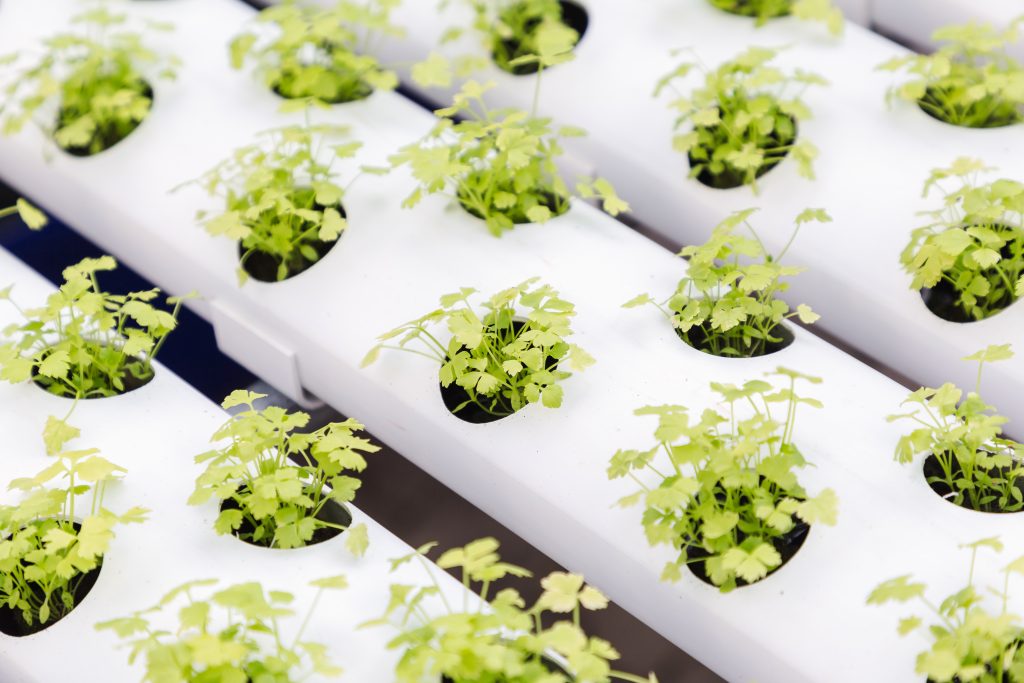
pH and electrical conductivity (EC) levels are like the vital signs for your hydroponic system. They tell you how your plants are faring in their watery world. The pH level affects how well your plants can absorb nutrients, while EC measures the salt content in the water, indicating nutrient levels.
Aim for a pH between 5.5 and 6.5—this is the sweet spot for nutrient uptake. If the pH is off, it can lock out certain nutrients, leading to deficiency symptoms. I’ve seen a perfectly healthy-looking lettuce turn bitter overnight because of a pH swing.
Keep a digital pH meter and an EC meter handy. These are your diagnostic tools, helping you prevent issues before they become full-blown problems. Regular checks can save you a world of trouble and keep your plants singing.
5. Inspect Plant Health Regularly
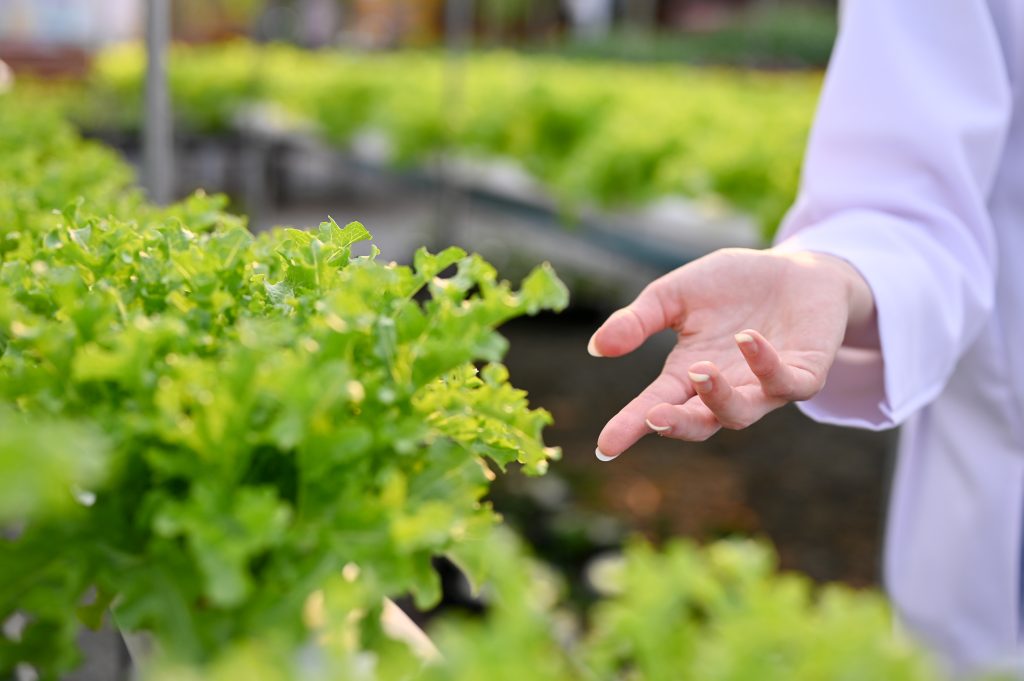
Observation is key in hydroponics. Like a garden whisperer, you need to tune in to your plants’ subtle signals. Inspecting them regularly helps you catch any issues early on when they’re easier to manage.
Look for signs of distress, such as yellowing leaves, stunted growth, or wilting. These can indicate nutrient deficiencies, pest issues, or disease. I once caught a thrip party happening on my basil just in time, saving the rest of my herbs from an unwelcome feast.
Also, inspect the root systems. They should be white and healthy-looking. Brown or slimy roots can indicate root rot, a common issue in hydroponic systems. Catching this early can mean the difference between life and death for your plants.
Troubleshooting Common Issues
Even with meticulous care, problems can arise. Yellowing leaves could mean a nitrogen deficiency, while brown spots might indicate a potassium shortage. It’s like being a plant detective, piecing together clues to solve the mystery.
Algae growth is another common issue. It loves the moist, nutrient-rich environment of hydroponics. To combat this, make sure your nutrient reservoir is covered and light-proof. Algae can’t grow without light, so blocking it out is like putting up a “Do Not Enter” sign.
Pest infestations can sneak up on you. Keep an eye out for telltale signs like sticky residue or tiny bite marks. Implementing integrated pest management practices, such as introducing beneficial insects, can be a natural way to keep the critters in check.
Scheduling Maintenance Tasks
Consistency is the name of the game in hydroponic maintenance. Create a schedule for all your tasks, from checking pH levels to cleaning the system. It’s like setting reminders for a pet’s feeding time—your plants rely on you to keep their environment in tip-top shape.
Daily tasks might include checking the water level and inspecting plant health. Weekly tasks could be monitoring pH and EC levels and cleaning out any visible debris. Monthly, you’ll want to do a more thorough system clean and perhaps replace nutrient solutions.
By sticking to a schedule, you’ll prevent small issues from becoming big headaches. Plus, it becomes second nature over time, like brushing your teeth—you just do it without thinking too much about it.
Advanced Hydroponics Tips
Once you’ve mastered the basics, you can explore advanced techniques to optimize your garden. Supplementing with CO2 can supercharge your plant growth, making your greens grow like they’re on steroids (the legal kind, of course).
Experimenting with different growing mediums or nutrient mixes can also yield interesting results. You might find that your heirloom tomatoes prefer one type of setup over another. It’s like fine-tuning a recipe until it’s just right.
And don’t forget about training your plants. Techniques like pruning or trellising can maximize your growing space and increase yields. It’s like teaching your plants yoga—flexible, strong, and perfectly poised.
Conclusion & Next Steps
Maintaining a hydroponic garden requires attention to detail and a willingness to learn from your plants. But the rewards—lush foliage, bountiful harvests, and the satisfaction of mastering a modern gardening technique—are well worth the effort.
Take these tips, apply them to your garden, and watch as your plants thrive. Remember, every gardener has their share of failures and successes. It’s all part of the journey. So roll up your sleeves, get your hands (a little) dirty, and let the adventure begin!
There you have it, folks—hydroponics demystified and your path to a vibrant urban garden laid out. Embrace these tips, and you’ll be the envy of your concrete jungle in no time. Happy gardening!


